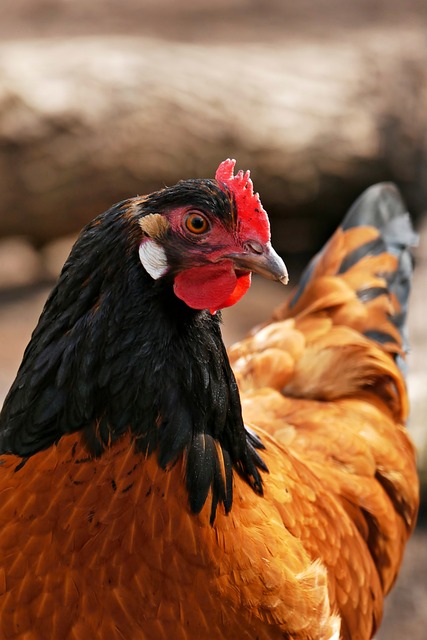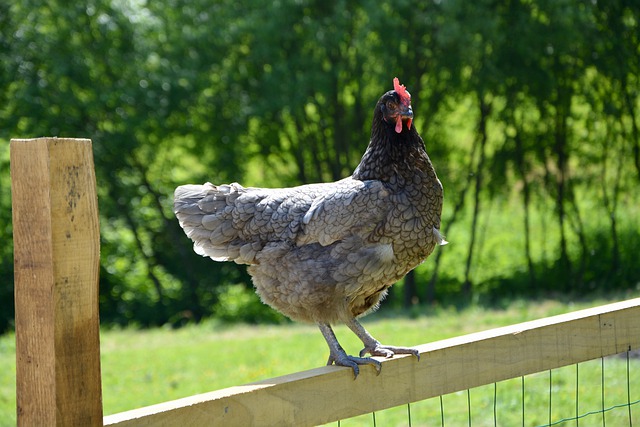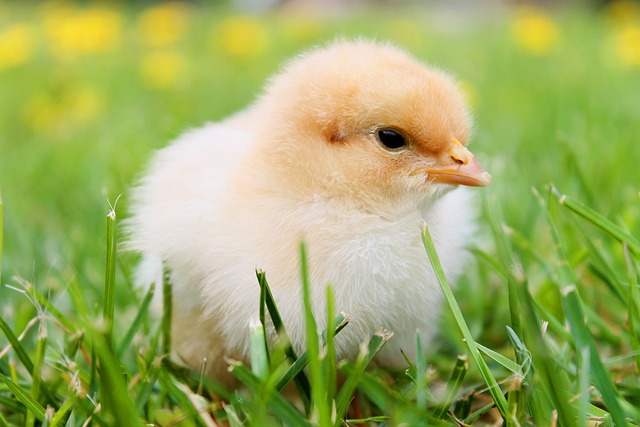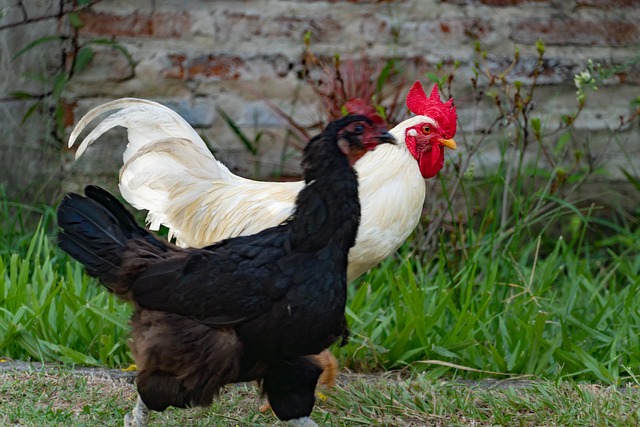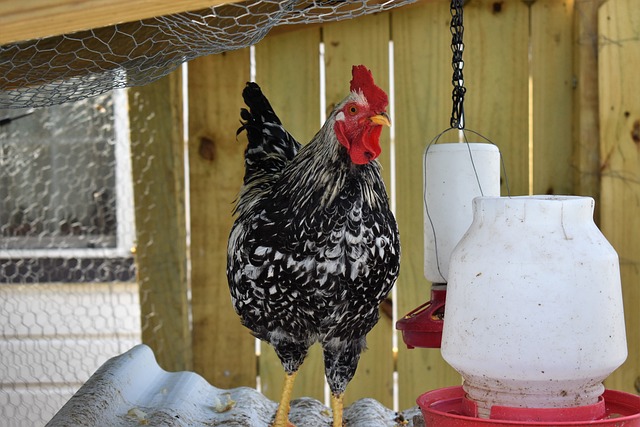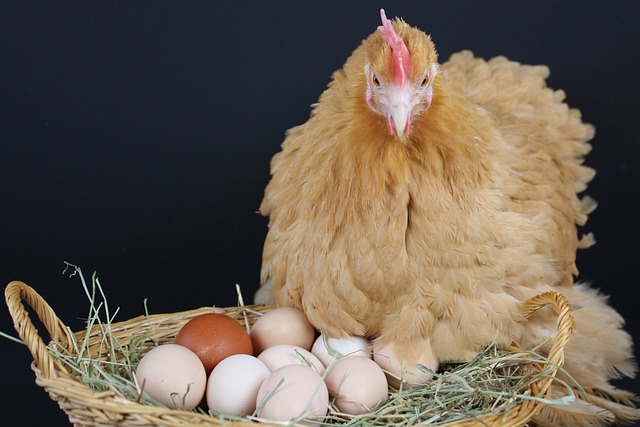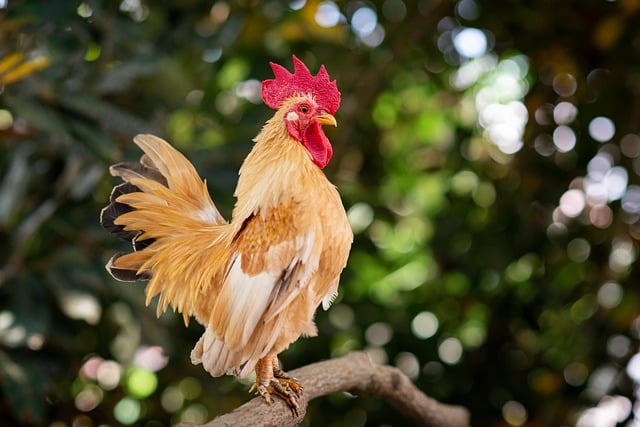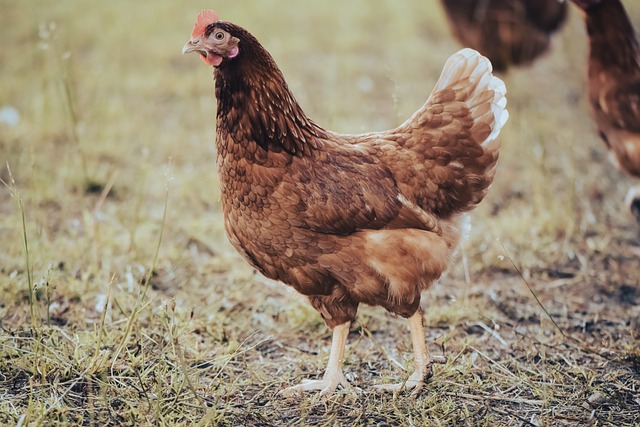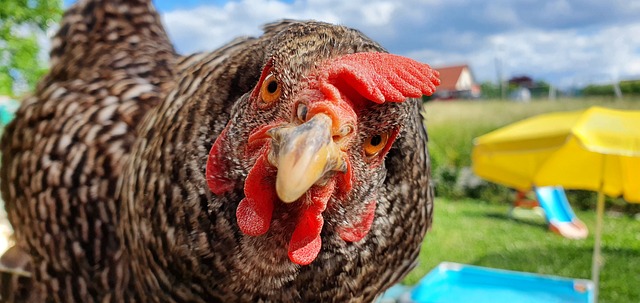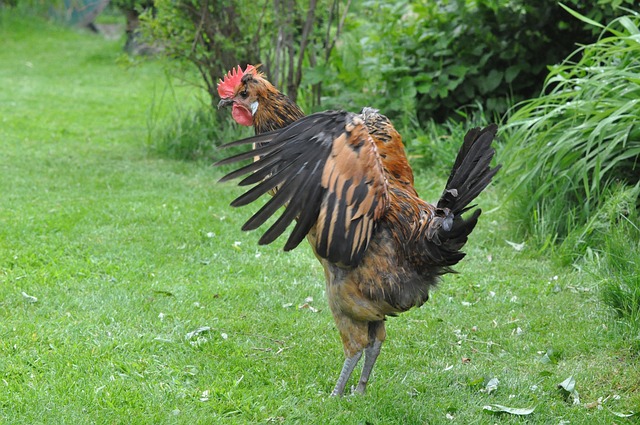The Deep Litter Method for a Cleaner, Happier Chicken Coop
Ever feel like you’re constantly cleaning your chicken coop? Like, you just finished scraping the floor, and forty seconds later, your feathered friends have turned it into a complete wreck? Enter the Deep Litter Method—the ultimate hack for natural coop solutions that will save you time, keep your chickens comfy, and even boost your garden […]
The Deep Litter Method for a Cleaner, Happier Chicken Coop Read More »

